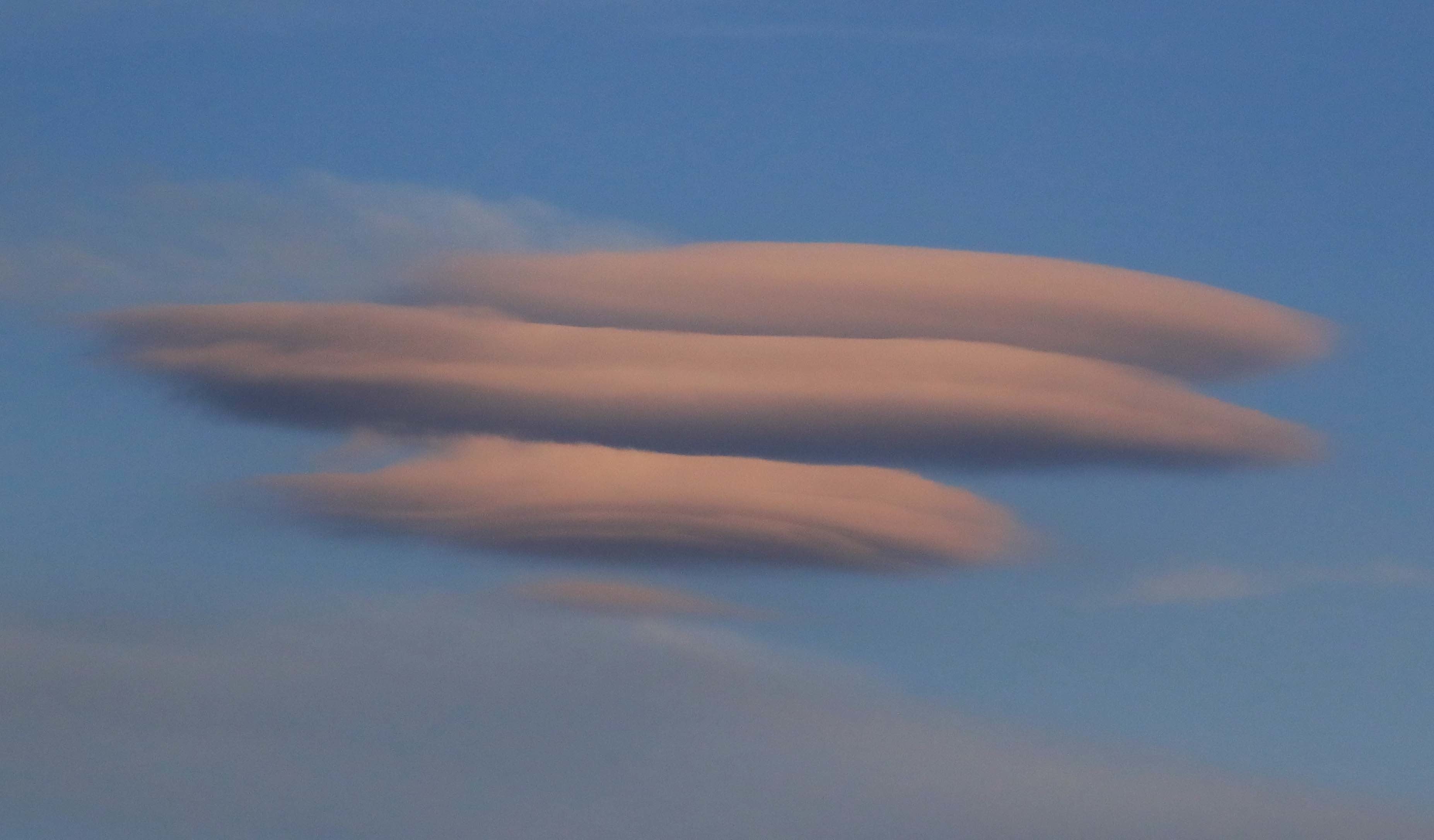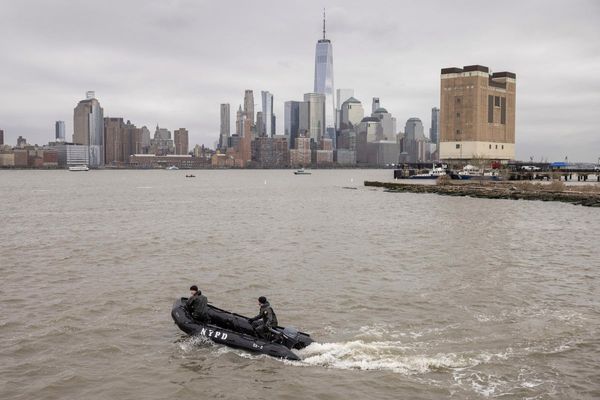UFO-shaped cloud displays have appeared over the sky in a rare sight for parts of the UK.
Several UFO sightings over northern skies in the UK have previously been explained by these cloud formations.
The symmetrical, smooth oval or round forms that the unique cloud formations create have been likened to the flying saucers of science fiction.
They can occasionally appear flat and layered, so some people also call them pancake clouds.
However, their official term is lenticular clouds, which comes from a Latin word that means "lens-like."
The clouds, which are quite rare in the UK, were spotted in northern parts of the country earlier this week, over Gateshead, Newcastle, Cumbria and Scotland.
They form when the air is stable and winds blow across hills and mountains from the same or similar direction at different heights through the troposphere - the lowest layer of Earth’s atmosphere, according to the Met Office.
The forecaster explains: “When air blows across a mountain range, in certain circumstances, it can set up a train of large standing waves in the air downstream, rather like ripples forming in a river when water flows over an obstruction.
“If there is enough moisture in the air, the rising motion of the wave will cause water vapour to condense, forming the unique appearance of lenticular clouds.”

There are three main types of lenticular clouds: altocumulus standing lenticular (ACSL), stratocumulus standing lenticular (SCSL), and cirrocumulus standing lenticular (CCSL), varying in altitude above the ground.
Lenticular clouds are a visible sign of mountain waves in the air, according to the Met Office. However, these waves can be present beyond the clouds and may exist even when no clouds are formed.
The clouds can result in very strong gusty winds in one place, with still air only a few hundred metres away.
Pilots of powered aircraft tend to avoid flying near lenticular clouds because of the turbulence associated with them. Skilled glider pilots like them because they can tell from the shape of the clouds where the air will be rising.







